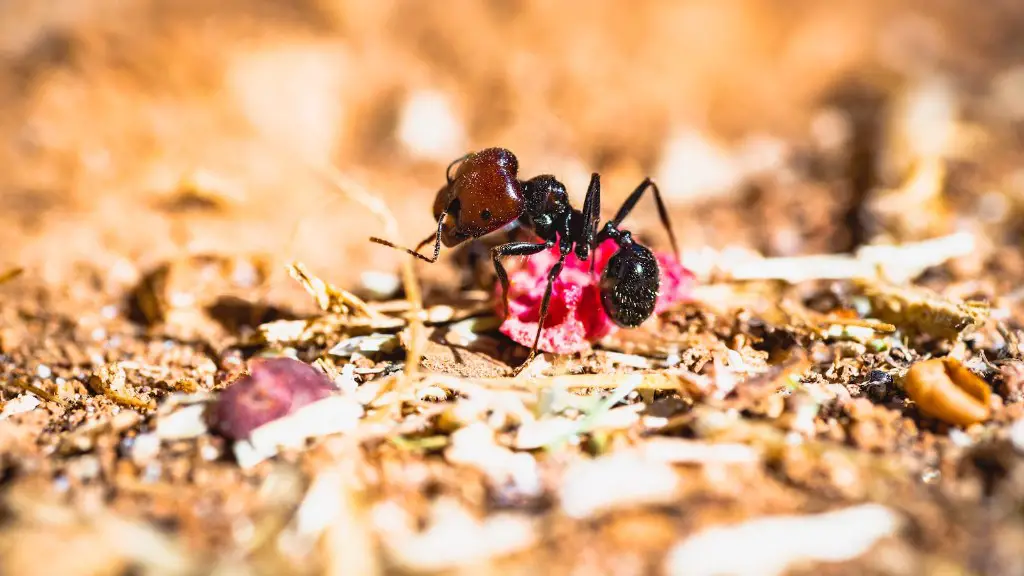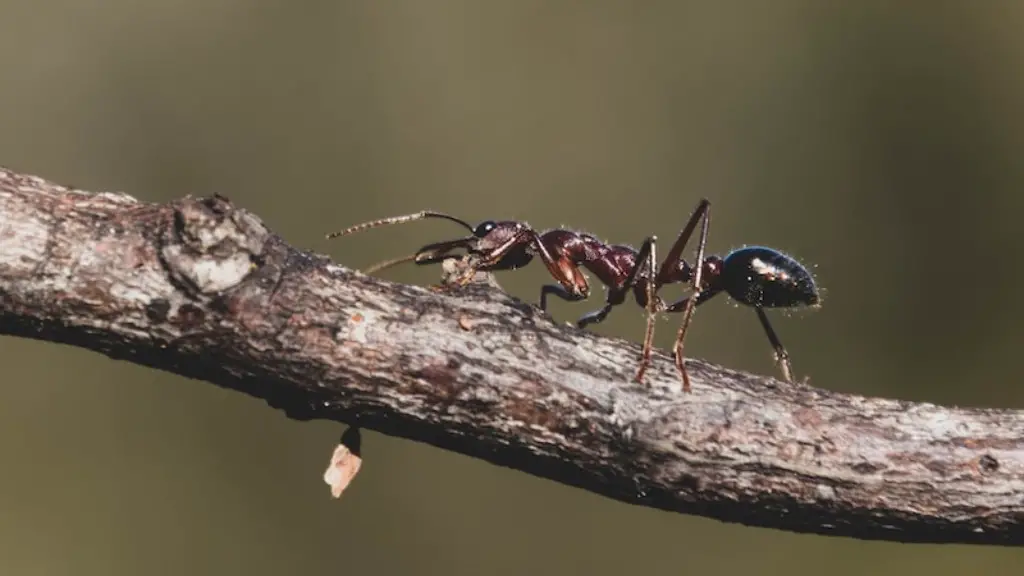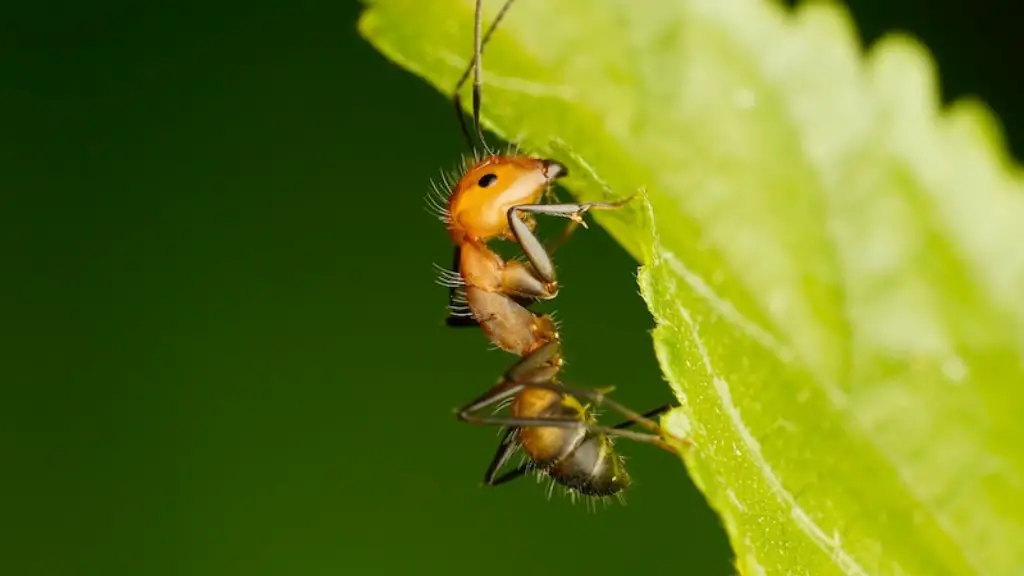How Fire Ant Killer Works
Fire ant killer, commonly known as insecticide, is an effective means of controlling an infestation of fire ants. Most insecticides are designed to target a variety of pests, including ants, fleas, ticks, cockroaches and other insects. Fire ant killer, however, is specifically designed to target fire ants. It is important to understand how fire ant killer works if you wish to optimize its use.
Fire ant killer comes in two forms, a dust or a liquid. The dust is lodged into the ground and works by disrupting the ant’s life cycle and eventually killing them. The liquid pesticide is sprayed directly onto mounds and ants to control the infestation. The liquid is absorbed quickly and starts to take effect in hours.
Once the pesticide enters the ant, it disrupts the nervous system of the ant which leads to death. The insecticide also works on the ground, preventing the ants from foraging for food and nesting.
Does Fire Ant Killer Work on All Ants?
Fire ant killer is designed to target fire ants specifically. Therefore, while it is effective in controlling the fire ant population, it is not effective against all types of ants. Fire ant killer won’t work on other species such as carpenter ants, or on general ant infestations caused by a variety of species.
The best way to treat an infestation caused by multiple ant species is to use a wide-spectrum insecticide. This type of insecticide can work on many different types of insects, which makes it ideal for treating a wide variety of pests. However, since it is not specifically designed to target fire ants, it is not as effective as the fire ant killer.
When to Use Fire Ant Killer
Fire ant killer should be used only when necessary. It is important to note that fire ants can be challenging to get rid of and often recur despite the use of insecticide. If a fire ant infestation is treated with fire ant killer, it may be necessary to repeat applications for several weeks or months to ensure that the infestation is eliminated.
Additionally, it is important to use fire ant killer only when children, pets, and people are not in the area. Fire ant killer is toxic and can be hazardous if used without the appropriate precautions. It is important to read and follow the manufacturer’s instructions on the label carefully before using.
Natural Solutions to Fire Ants
In addition to using insecticides, there are a few natural solutions that can help with fire ant infestations. For instance, using a vinegar-based or lemon-based solution can help to deter fire ants. This can be done by spraying the solution directly on the mound or into the entrance of the mound.
Other methods include using natural repellents such as diatomaceous earth, which can be applied to the mound to keep the fire ants from coming back. This is a natural, non-toxic way to help control fire ant infestations. It is important to note, however, that these methods may not always be effective, and multiple applications may be necessary.
Pros and Cons of Fire Ant Killers
The use of fire ant killers comes with a range of pros and cons. The primary benefit of using fire ant killers is that they are effective at controlling fire ant infestations and can be used in almost any location. Despite their effectiveness, there are a few drawbacks to using fire ant killers.
One of the main drawbacks is that they can be hazardous to humans, animals and the environment if not used properly. Additionally, they can be expensive and they may not always be the most effective solution for controlling fire ant infestations.
Prevention of Fire Ants
The best way to prevent fire ant infestations is to take preventive measures before they occur. This can include removing anything around the house or yard that may attract fire ants, such as food scraps or piles of leaves. Additionally, be sure to fill any holes in the yard that may serve as potential ant habitats.
It is also important to be aware of the signs of a fire ant infestation so that it can be treated quickly and effectively. Some of the signs to look for include mounds in the yard, piles of sand or dirt around the entrance of your home, and ants coming in through cracks in the walls or foundation.
Treating Existing Fire Ants
If fire ant infestations are already present, it is important to treat them as soon as possible. The first step is to identify all the mounds in the area, and then find the main mound. This is the one that needs to be treated, as it will be the source of the infestation.
Once the main mound is identified, fire ant killer can be applied to the mound as well as any other mounds in the area. It is important to follow the manufacturer’s instructions when applying the fire ant killer to ensure that it is done properly.
Conclusion and Removal
When it comes to fighting fire ants, the best course of action is to take preventive measures to avoid infestations before they occur. If an infestation is present, using fire ant killer can be an effective way to control it. However, it is important to understand how fire ant killer works and to use it only when necessary. Additionally, natural solutions can be used to help treat existing infestations.
Finally, once the fire ant infestation is eliminated, it is important to clean up the area promptly to prevent future infestations. This can include clearing out anything that could attract fire ants such as piles of leaves or food scraps. With the right combination of prevention and treatment, fire ant infestations can be controlled and prevented.


